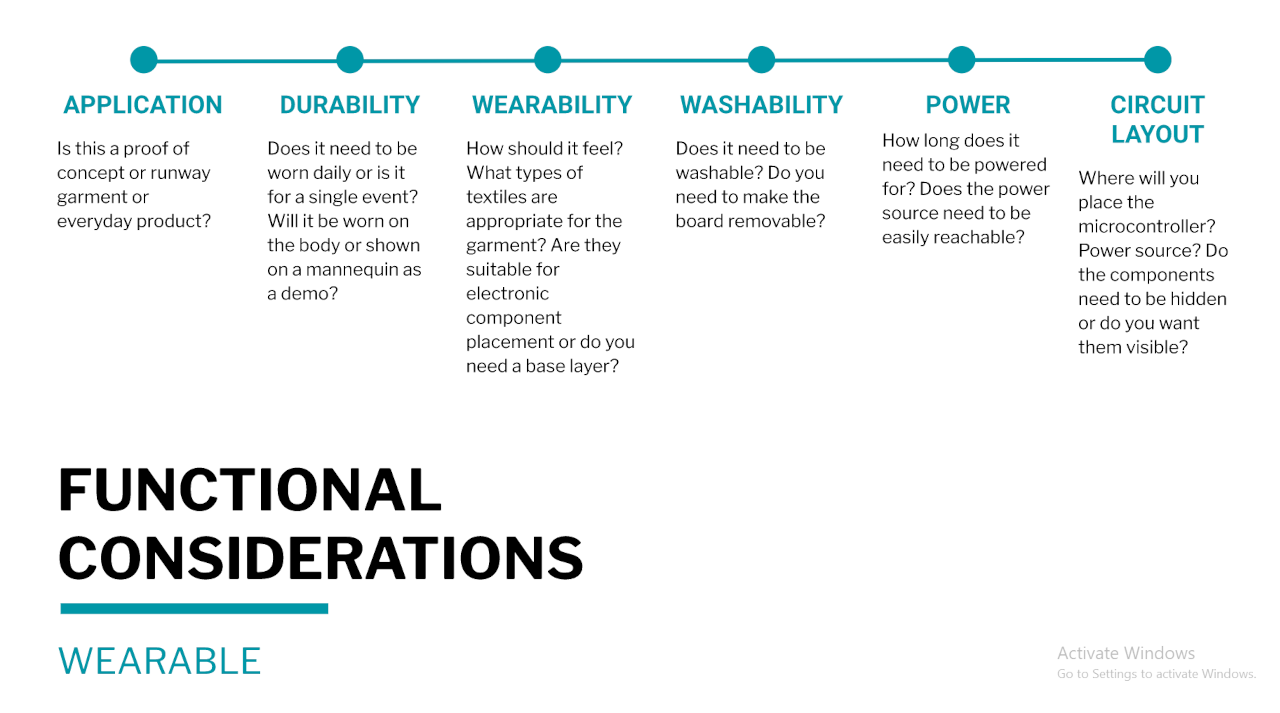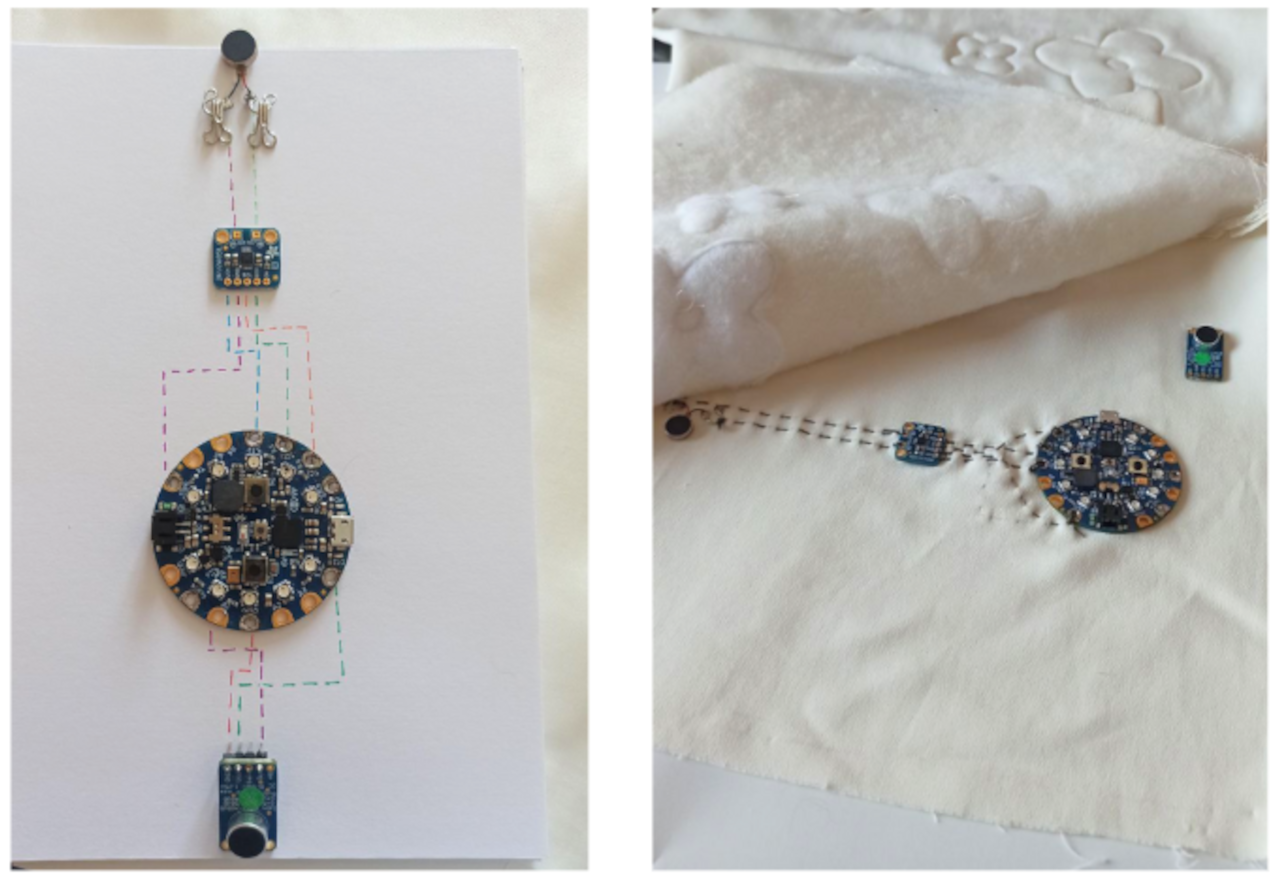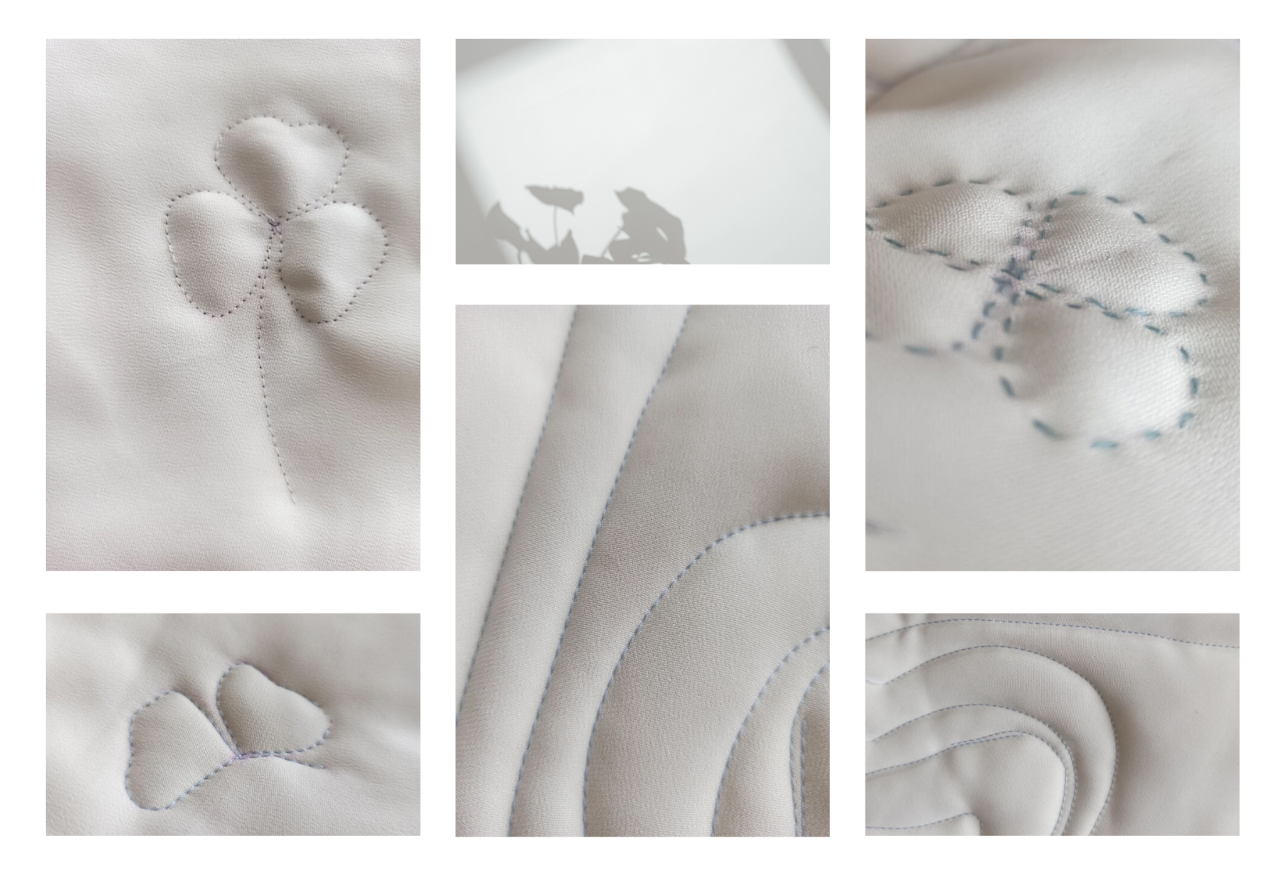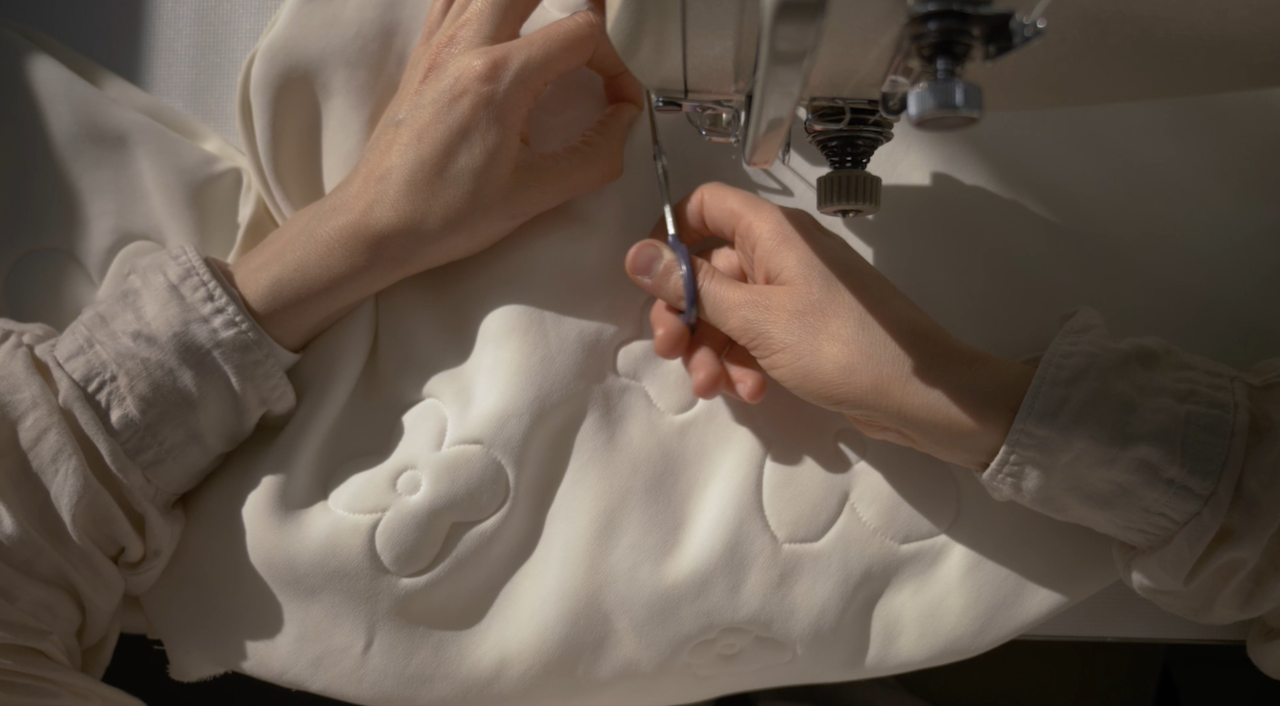Process¶
Ideation & sketches¶
During the following three months, I want to explore some of the problems that people with disabilities have, and provide a solution to one of them
Initially, I wanted to create some soft muscles and integrate them into clothing, to help those with mobility issues.
After more research, I realised that at the moment, taking into account my knowledge, and the short time given, it is pretty impossible for me, to develop such a project.
I remember being told, at the Pitching session, to have other options and side plans, in case this one does not work out.
So, after 20 minutes of feeling disappointed, I proceed to brinstorming new ideas.
Notes on the new idea¶
Musicians with hearing loss often use the vibration of their instrument, or the surface to which it is connected, to help them feel the sound that they create, so although they may not be able to hear, d/Deaf people can use the vibrations caused by musical sounds to help them ‘listen’ to music.
Deaf singers like Mandy Harvey, stand barefoot on the floor in order to feel these vibrations. Percussionist Evelyn Glennie is also particularly renowned for this and even Beethoven is said to have used the vibrations felt through his piano in his later years, when he was profoundly deaf. Deaf people attending a musical event people may use a balloon or a loudspeaker to feel vibrations caused by the performers.
Although they may not be able to hear, Deaf people can use the vibrations caused by musical sounds to help them ‘listen’ to music.
The skin has been considered as a conduit for information, where a vibrotactile display can be added by an array of vibration actuators, mostly applied to the skin on the back, abdomen, forehead, thigh, or the fingers.
A piece of clothing that translates music into a series of vibrations. This will allow hear-impaired people to feel the sound on their body.
How does it work? The vibrotactile technology, will convert musical sounds that can be heard, into musical vibrations which are felt through the skin as vibrotactile feedback. It’s an assistive technology which has been described as a form of “hearing through the skin”.




Design & Fabrication¶


There are the front and back sketches of the vest, and the circuit schematic layout.
Prototypes¶

#include <Adafruit_DRV2605.h>
#include <MAX9814.h>
#define SOUND_SENSOR0 A0
#define MOT1 A1
#define MOT2 A2
#define MOT3 A3
#define MOT4 A4
#define MOT5 A5
Adafruit_DRV2605 mot1;
Adafruit_DRV2605 mot2;
Adafruit_DRV2605 mot3;
Adafruit_DRV2605 mot4;
Adafruit_DRV2605 mot5;
Adafruit_DRV2605 mot6;
MAX9814 max9814;
void setup()
{
// Connect the 6 Adafruit DRV2605 drivers to the Circuit Playground pins A0-A5
mot1.begin(MOT0);
mot2.begin(MOT1);
mot3.begin(MOT2);
mot4.begin(MOT3);
mot5.begin(MOT4);
mot6.begin(MOT5);
// Connect the MAX9814 to the Circuit Playground
max9814.begin(SOUND_SENSOR0);
}
void loop()
{
// Check if sound is detected by the MAX9814
if (max9814.checkSound())
{
// Turn on all 6 Adafruit DRV2605 drivers
mot1.start();
mot2.start();
mot3.start();
mot4.start();
mot5.start();
mot6.start();
}
}


After testing the code on the prototype, I drew the circuit on paper, trying to imitate the stitchings. Only after that, I felt ready to sew it on into the garment.


Quilting¶
 During my research on the topic of sound and frequencies, I ran into an italian artist - Loris Cecchini. In his ongoing series of relief sculptures titled “Wallwave Vibrations,” he appears to liquify the walls of art galleries by turning them into pools of undulating waves caused by sound.
During my research on the topic of sound and frequencies, I ran into an italian artist - Loris Cecchini. In his ongoing series of relief sculptures titled “Wallwave Vibrations,” he appears to liquify the walls of art galleries by turning them into pools of undulating waves caused by sound.
The shapes, the volumes and the colors predominant in his works, inspired me for the technique of the decorative part of my garment.
I decided to try quilting - the process of joining a minimum of three layers of fabric together either through stitching manually using a needle and thread, or mechanically with a sewing machine or specialised longarm quilting system. The layers I used are: 2 layers of crepe and on of syntepon put in the middle.
These are the first trials. I tried to do the manual stitching, as well as using the sewing machine. I liked the second variant most.

Some glimpses from the quilting process.


Video Concept¶
Mentor's feedback¶
From Cecilia: * hi Elena, i am sure you learned a lot in this process, you have explored and understood how this can lead to much bigger ideas/plans * happy you explored how/why the sensors need to be placed, maybe would have been powerful to see more info about the placement of the sensors, you mentioned your reasosns - but would have been lovely to see a body in transparency * the presentation look and the garment look are both clean/clear which makes it fresh. * can the layers be split? is there a way to open up the layers and service the electronics in case something breaks/stops functioning?
From Claudia: Captivating! Interesting to see how the textiles gets informed by the circuit traces, I would explore more patterns, playing with algorithms, shapes, progressions, go wild I believe there is also a lot you can do with the circuit playground for complementary interactions! The performance is amazing, well done